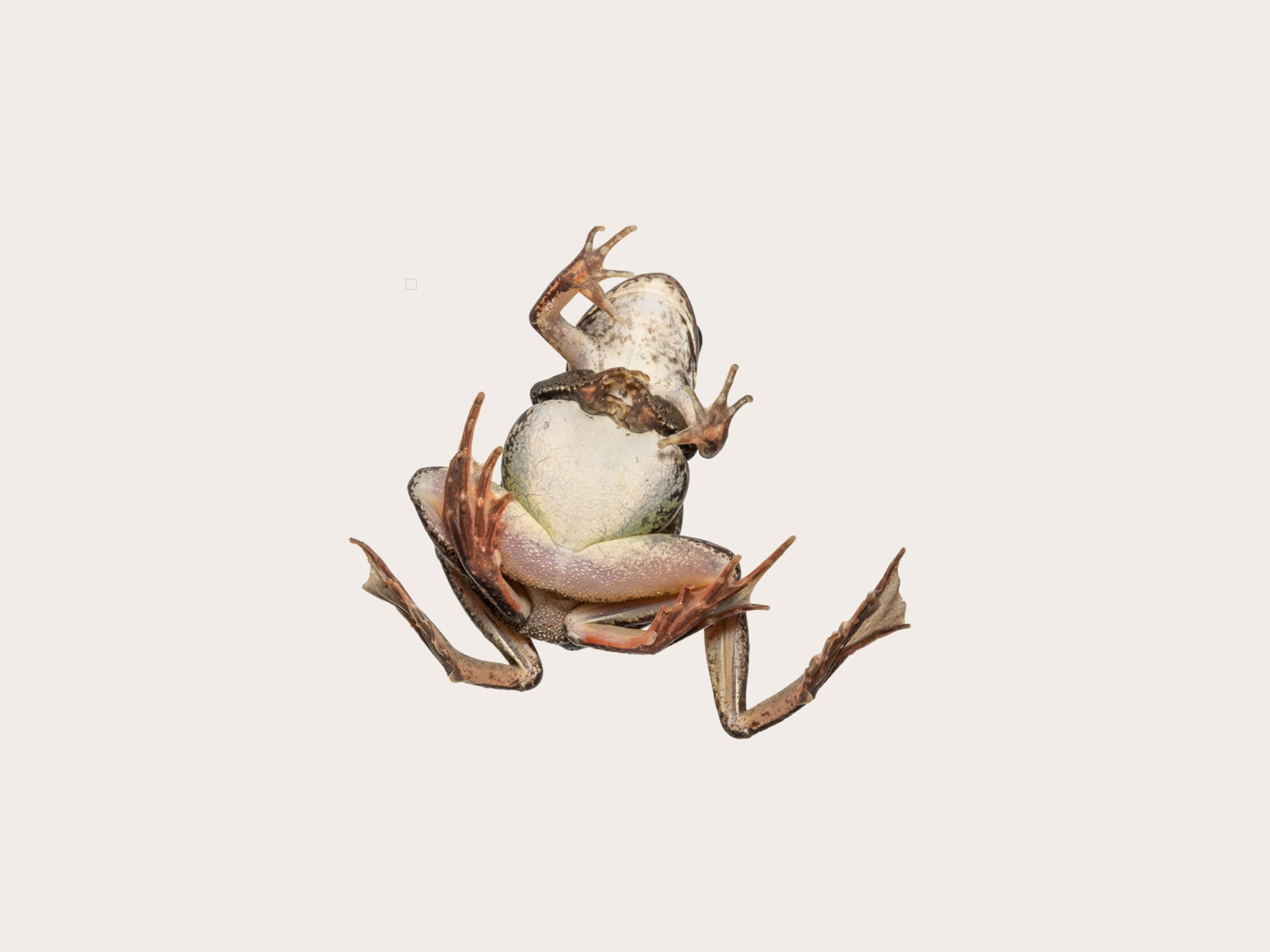
Prozac Pollution Making Shrimp Reckless
Antidepressant's key ingredient is flushed into coastal waters, study says.
There's no happy ending for shrimp exposed to the mood-booster Prozac, according to a new study.
Remnants of antidepressant drugs flushed into waterways worldwide are altering shrimp behavior and making them easier prey, experts say.
To mimic conditions in the wild, scientists exposed the estuary-dwelling shrimp Echinogammarus marinus to the antidepressant fluoxetine at levels detected in average sewage-treatment waste. Fluoxetine is the key ingredient in the drugs Prozac and Sarafem.
Shrimp normally gravitate toward safe, dark corners. But when exposed to fluoxetine, the animals were five times more likely to swim toward a bright region of water, the team discovered.
"This behavior makes them much more likely to be eaten by a predator, such as a fish or bird," said study co-author Alex Ford, a biologist at U.K.'s University of Portsmouth.
The fluoxetine likely makes shrimp's nerves more sensitive to serotonin, a brain chemical known to alter moods and sleep patterns, according to the study, recently published in the journal Aquatic Toxicology.
Prozac Rise May Harm Other Animals
Antidepressant use is rising rapidly—more than 10 percent of U.S. citizens, or about 27 million people, used the drugs in 2005, according to a 2009 paper in the journal Archives of General Psychiatry.
(Related: "Is Salt Nature's Antidepressant?")
It's so widespread that animals other than shrimp likely suffer from these high doses of fluoxetine, the authors noted. (Get the facts on freshwater threats.)
"We focused on shrimp because they are common and important in the food chain, but serotonin is also linked to behavioral changes in other species, including fish," Ford said.
(Read about chemicals changing male fish to female in a U.S. river.)
Ford believes that many other common prescription drugs—such as antiinflammatory drugs and painkillers—could also be causing problems for aquatic life.
But there are ways of protecting aquatic creatures from the drugs we take, Ford noted.
For instance, more public awareness about responsible drug disposal and better technology for breaking down pharmaceuticals at sewage works, among other solutions, could help to solve the problem, he said.





